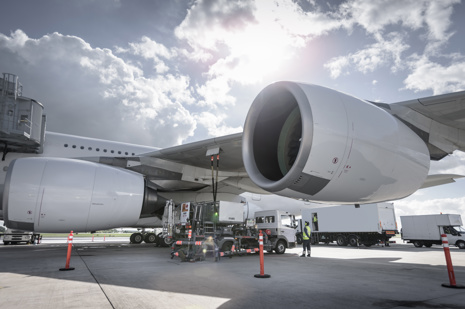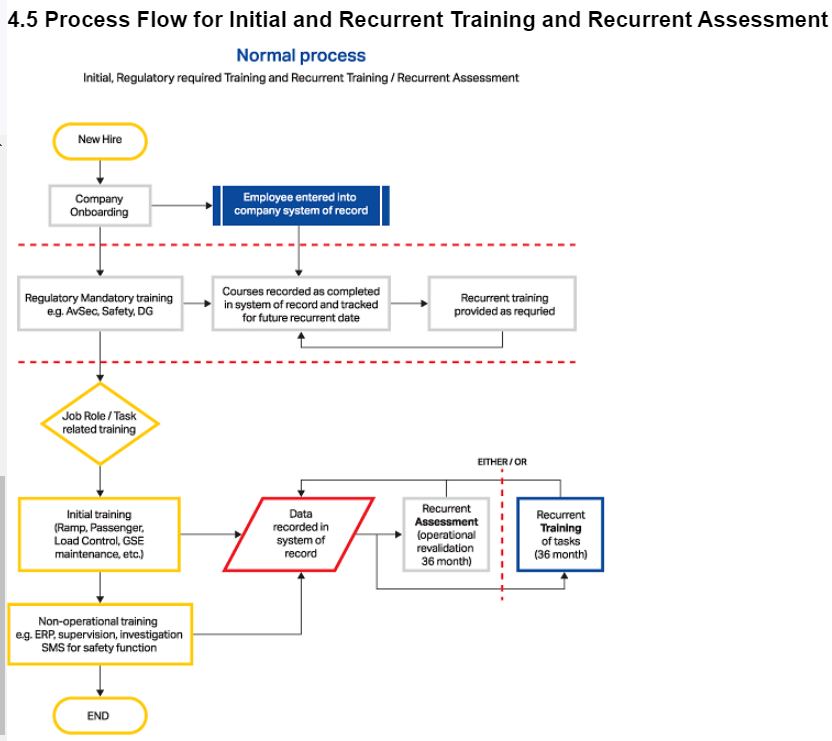
As travel returns to pre-Covid numbers and e-commerce continues to grow, the need for additional ground handling personnel increases significantly. As travel resumes, post-Covid, restoring thousands of ground services jobs without the benefit of the institutional memory of those who have permanently left the industry, having the IATA Ground Operations Manual (IGOM) and Airport Handling Manual (AHM)— standardized and globally accepted frameworks for safe and efficient ground operations—is crucial. Additionally, it is the perfect time to advocate for standardized ground-handling training.
The Airport Handling Manual (AHM) and IATA Ground Operations Manual (IGOM), provides standard best practices, policies, procedures, and processes for ground handling personnel. Chapter 11 of the AHM provides the standardized training syllabus.
During Covid, airlines and ground handling service providers experienced massive furloughs. Once travel resumed, airlines were overwhelmed by the loss of skilled personnel during the height of summer travel. Training ground personnel can take up to 6 months, creating a significant gap. Implementing standard operating procedures could significantly reduce training time and help fill positions faster.
IATA provides a standardized training syllabus within Chapter 11 of the AHM. The syllabus fully supports ground handling service providers. The current syllabus has been updated to include the most current best practices that, if adopted, would reduce the training efforts significantly, reducing the time and cost of specified training.
Advantages for organizations that have adopted AHM1110

Historically, airlines have developed their own ground operations policies and procedures, which include best practices customized to fit their specific needs. This practice is more time-consuming and expensive for ground handling service providers who are contracted by multiple airlines.
Non-standardization is more expensive for both airlines and ground handling service providers as it requires more training for ground handling personnel than it would be if standard procedures were in place from airline to airline.
Standard procedures would also increase efficiency for ground handling personnel which improves turnaround time. IATA advocates for standardization to enhance the level of training across industries and reduce training time and costs which means safer, more efficient, and more cost-effective ground operation practices.
IATA has developed minimum training requirements for the industry in the Airport Handling Manual (AHM) Chapter 11. The AHM provides direction and guidance for ground handling service providers on how to develop training programs for personnel to perform ground operational functions safely, efficiently, and competently.
IATA's Safety Audit for Ground Operations (ISAGO) was established to set audit standards applicable to all ground handling companies worldwide. It provides a uniform set of standards to meet the specific needs of any ground handler. As such, it can be applied multi-nationally to both large and small companies. It provides:
There are two manuals that set the standards for best practices and procedures. The Airport Handling Manual (AHM) provides a wide range of airport-related standards, policies, and recommended practices. Additionally, IATA offers the IATA Ground Operations Manual (IGOM), which defines ground handling procedures for airlines and ground handling service providers (GHSP) to ensure the services are handled safely and efficiently.
While the manuals are stand-alone and interdependent, they are also available as a set as the IGOM is procedure-driven and explains "how to," and the AHM is policy-driven and explains "what to do".
The manuals are developed to help stakeholders perform their job functions safely and efficiently. The AHM and IGOM manuals provide detailed guidance for each stakeholder according to their specific needs, not only by individual manual but section by section as well. The manuals provide assistance to:
For nearly 80 years, IATA has worked to represent, lead, and serve the airline industry. Advocating for the interests of airlines across the globe, we help airlines to operate safely, securely, efficiently, and economically under clearly defined rules.
Every year we develop manuals to assist stakeholders in better understanding the rules, regulations, policies, and procedures surrounding the airline industry. You can find such information in the AHM, IGOM, and IATA's other manuals.